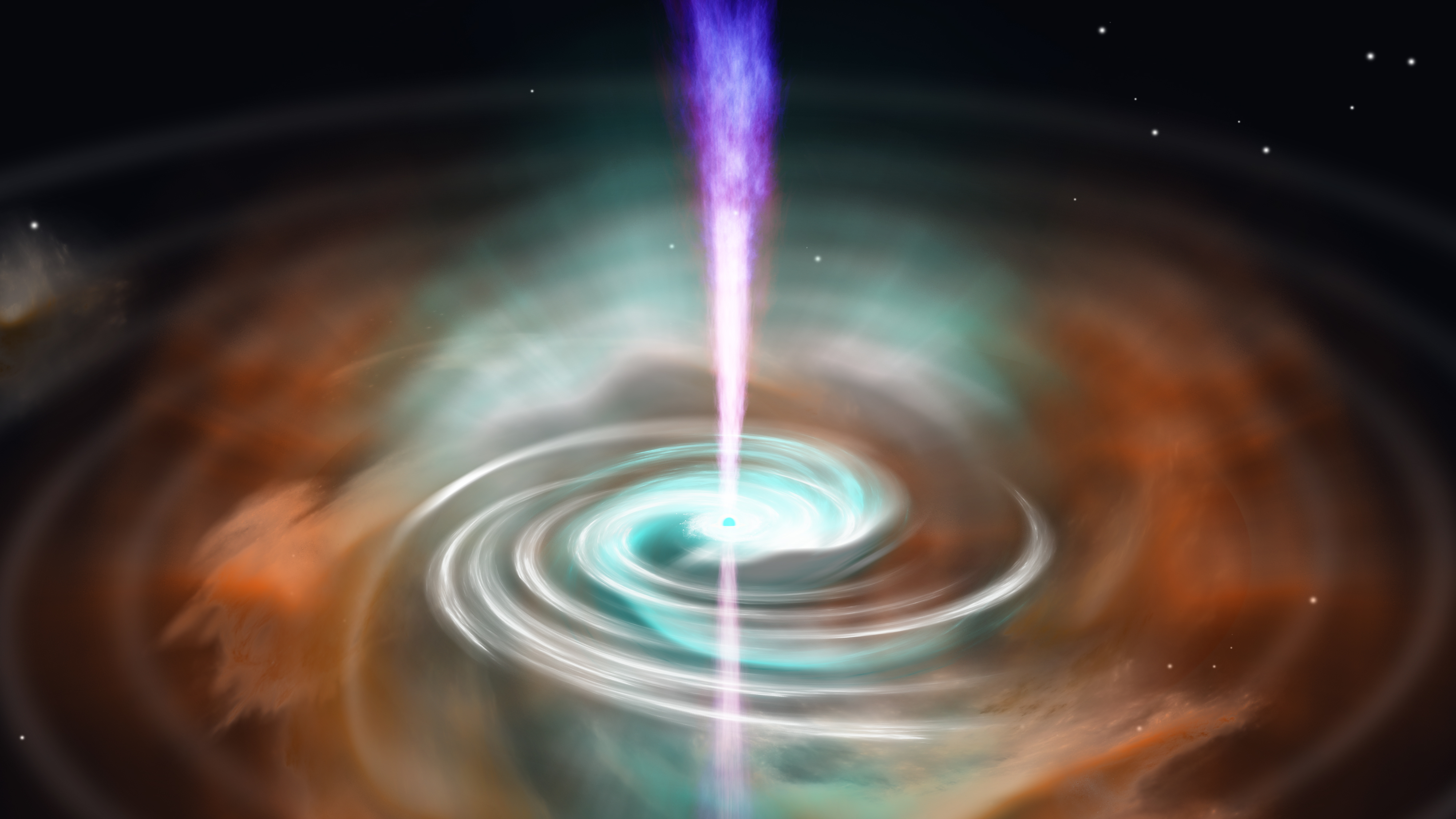A University of Bath Astrophysicist, Dr Hendrik van Eerten, is co-author of a paper receiving the Institute of Physics Publishing’s (IoPP) Top Cited Paper Award 2023.
These awards are presented to papers in the top one per cent of the most-cited articles published in Institute of Physics Publishing journals in the preceding three years. For the first time, this year’s awards celebrate the significance of North American research and authors.
Among the recipients is a study led by Geoffrey Ryan from the Perimeter Institute for Theoretical Physics in Waterloo, Canada and Dr van Eerten from the Department of Physics. Their paper on ‘Gamma-ray burst afterglows in the Multimessenger era’ was written in response to one of the biggest upheavals in high-energy astrophysics for years.
Neutron stars are ultra-dense objects, packing roughly the sun's mass into a star just a few kilometres in diameter. When two of them collided recently, they triggered an explosive event, leading to the first-ever simultaneous direct detection of light and gravitational waves from the birth of a black hole.
When material from neutron stars begins to swirl into a newly formed black hole, jets of near-light-speed gas are emitted. In their paper, Ryan and van Eerten present a theoretical update on how to model and interpret observations of these jets.
When publishing on the breakthrough detection from 2017, van Eerten and collaborators had already recognised the jets’ structure gives us a glimpse of early jet propagation physics and fundamental plasma physics that is still not fully understood. Updated models in the paper help bring this information to the surface.
The paper further describes a rule-of-thumb method to quickly assess observations, revealing the orientation of the jet in the sky and allowing for more information to be extracted from gravitational wave detections. The team also included a public Python code for data analysis with the paper. A large and growing number of research groups worldwide have since used this.
IoPP is the publishing arm of the Institute of Physics, covering over 100 open access and hybrid journals ranging from quantum technology, material sciences, particle physics and astrophysics to environmental science, sustainability and the biosciences.
Together, nearly 130 articles from North American authors received over 15400 citations. The single most cited paper from this region, which studies Astronomy and Astrophysics received 795 citations in total.

